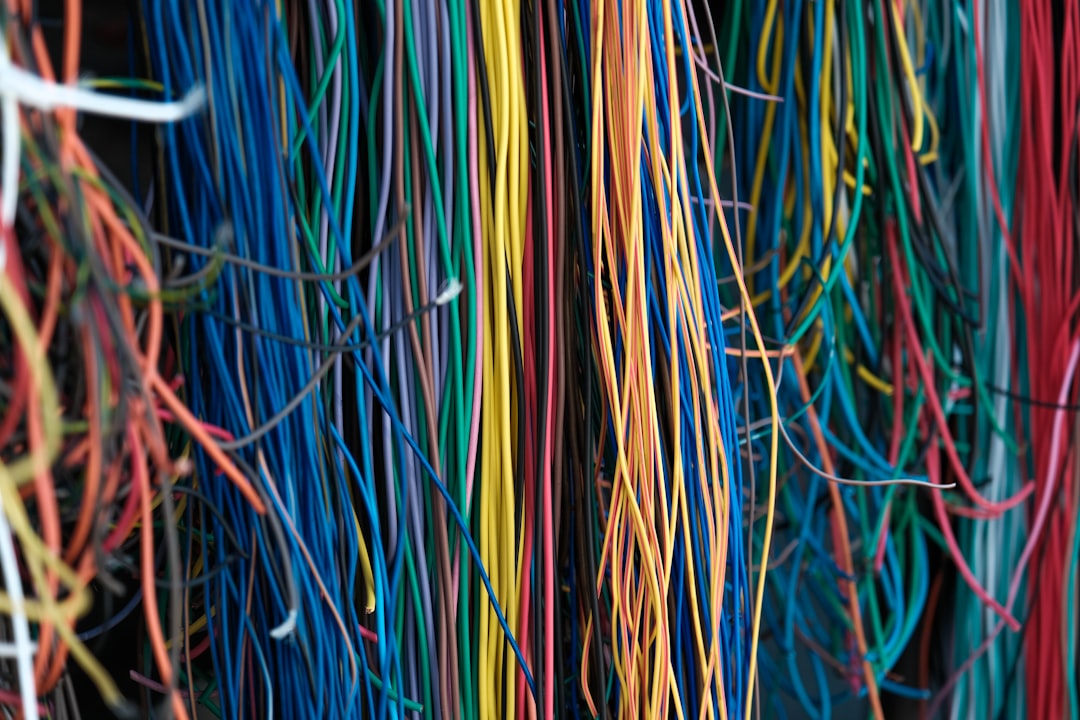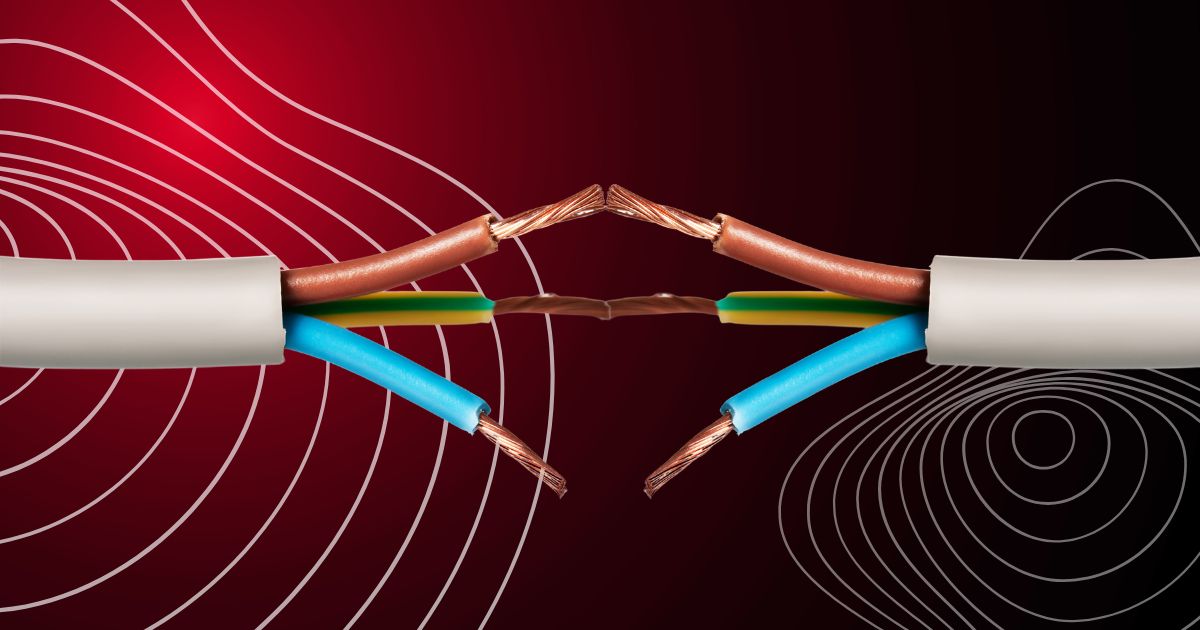Speaker wire is a critical element in any sound system and proper splicing is essential for optimal performance.
Splicing, or joining two wires together, can be done in different ways, each of which has its advantages and disadvantages.
The quality of sound produced by a system can be affected by the type of splicing used.
This article will discuss the importance of proper splicing, the different methods of splicing, and how the quality of sound may be affected.
Can Speaker Wire Be Spliced?
Yes, Speaker wire can be spliced in order to extend the length of the cable run and ensure that the sound is transmitted with minimal loss. Splicing speaker wire requires knowledge and skill, as it is a delicate and intricate process.
The splicing process involves stripping the insulation off the wire and connecting the two pieces of wire with a soldered joint.
This joint must be secure and insulated in order to ensure that the sound is transmitted with minimal loss.
Additionally, the splicing of speaker wire must be done with caution in order to prevent any damage to the wire or to the speakers themselves.
With the right tools and knowledge, splicing speaker wire can be an incredibly effective way to extend the length of your cable runs.
Does Splicing Speaker Wire Reduce Quality?
Splicing speaker wire can reduce the quality of sound output from a speaker system. This is because when two pieces of wire are spliced together, the connection is not as strong as a single piece of wire, and can cause a drop in signal strength and sound clarity.
Additionally, if the splice is not done correctly, it can cause a short circuit, leading to a further drop in sound quality.
As such, it is recommended that speaker wires be purchased in one piece, and any splicing be done by a professional.
Why Dealing With Speaker Wire Is A Good Idea?
When you consider the multitude of speakers you’re likely to have in any given room, it can be difficult to imagine that every single one would need to be connected to a receiver.
This situation presents many possible problems: wires could get tangled, obstructions may occur and connections could become intermittent.
By employing speaker cable:
Rather than individual wires – all of these issues are resolved.
It’s simply an elegant solution that allows users to eliminate multiple cords running around the room while offering unmatched throughput capabilities compared with single-wire solutions; all at once!
Deleting speaker wire doesn’t just help keep things neat and tidy;
It also improves audio quality for your system by eliminating any interference between each speaker.
How Does Splicing Speaker Wire Work?
To properly splice speaker wire, you must first cut off the end of one piece and insert it into the other.
This is known as a butt joint; its purpose is to unite two pieces of cable so that they may be safely fastened together for power applications
If you cut the ends off cable, you can simply insert each end into a new piece and attach them together with an electrical contact – this provides a reliable means of connecting your wires.
Splicing Speaker Wire In The Studio:
If your studio is a dedicated space where you’re recording yourself, then you have freedom in obtaining the best components possible.
In this case, no one will be concerned with how well the cables are connected!
If your home studio lacks a dedicated space, then ensure that you carefully consider which components you will use.
Are there any limitations imposed by budget or area constraints? If so, it might be wise to prioritise their selection when crafting your setup.
For example, if you’re thinking about incorporating a self-powered PA system for your recordings then plan accordingly – perhaps considering purchasing two or more small speakers rather than opting for a larger capacity amplifier!
Splicing Speaker Wire At Home:
Are you considering employing your DIY skills to expand the functionality of your audio system? If so, then we suggest that you consider using speaker wires instead of conventional wire nuts.
To splice speaker wires, simply cut off one end of the cable and strip back about three inches (or however much is necessary for you).
Then, insert the sheathed tip of one wire into the sheath of another, ensuring that both are securely fastened in place with an appropriate tie-wrap; finally, seal the connection with clear tape or electrical tape.
Like any other household task, when it comes to speaker wire installation there’s no need to concern yourself with whether it will yield optimum results – every single arrangement will be optimal!
Splicing Speaker Wire On Your Car Audio Installer’s Truck:
If you’ve ever lent a helping hand with an audio installation on the side of the road, you may have come across a situation in which the splice has to be done on location.
If that is the case, don’t fret – there’s no need to worry about any potential degradation in quality!
As part of their routine duties, auto electronics installers will frequently take their equipment out to remote locations.
While traveling between jobs, they may choose to splice speaker wires or power cables for optimal connection security.
This task requires only minimal effort and does not diminish the integrity of any components involved; it merely affords them some security when completing any subsequent installations.
Is it OK to splice speaker cable?

Yes, in certain instances. This practice is generally employed to connect two or more devices’ audio outputs into one cable.
Permitting splicing to occur can prevent a seemingly egregious issue: having various lengths – sometimes even creating an additional cable if necessary – of speaker wire being utilized for this purpose.
Additionally, if you have an auxiliary device that requires power from the speakers themselves (like a TV), then you must use a dedicated amp cable.
However, it is acceptable to use speaker cables as power leads!
Is it OK to splice different gauge speaker wire?
If you’re seeking to combine two different gauges of copper wire, then it’s perfectly acceptable to splice them together within the same conduit.
The only concern is that higher-density wires such as 12AWG may not withstand the strain of being connected with lower gauge wire – resulting in potential damage or even short circuits if care isn’t taken during installation!
If using 10AWG speaker cable with 14AWG speaker wire (either twisted pair or solid core), then you must ensure that adequate strain relief is used to avoid any potential issues.
Is it better to solder or crimp speaker wires?
Both methods are suitable for terminating speaker wires; some prefer one over the other.
The most popular method of splicing is to utilize a banana plug, which provides flexibility when you want to insert it into a receptacle with ease.
Assembly is simple: simply insert your wire and then insert the appropriate-sized jack into the opening, securing it with an allen key or wrench.
Crimping is another viable option for connecting speaker wires.
This involves compressing the insulation in order to stabilize it and eliminate any unwanted crookedness before sealing it off with a suitable cable clamp.
Ultimately, this process guarantees maximum strain relief and prevents rips from occurring during use.
Conclusion
Speaker wire is a vital component of any audio system, and its omission could result in reduced fidelity.
However, there are cases when this may not be an issue at all!
For instance, if you’re simply replacing an aging wire with a more contemporary one; or even if you’re constructing a home theater installation within which multiple channels must be used – then it makes sense to use speaker wire that offers enhanced performance capabilities.
It’s essential to be cognizant of the current wiring standards when incorporating speakers into your home theater set-up.
Even if you have opted for a high-quality wire that meets all necessary specifications, if it does not match the layout of your audio components then it could potentially lead to distortion.
To ensure optimal performance levels while ensuring optimum audio quality – use only verified speaker wire that complies with both current standards as well as your preferred layout!

